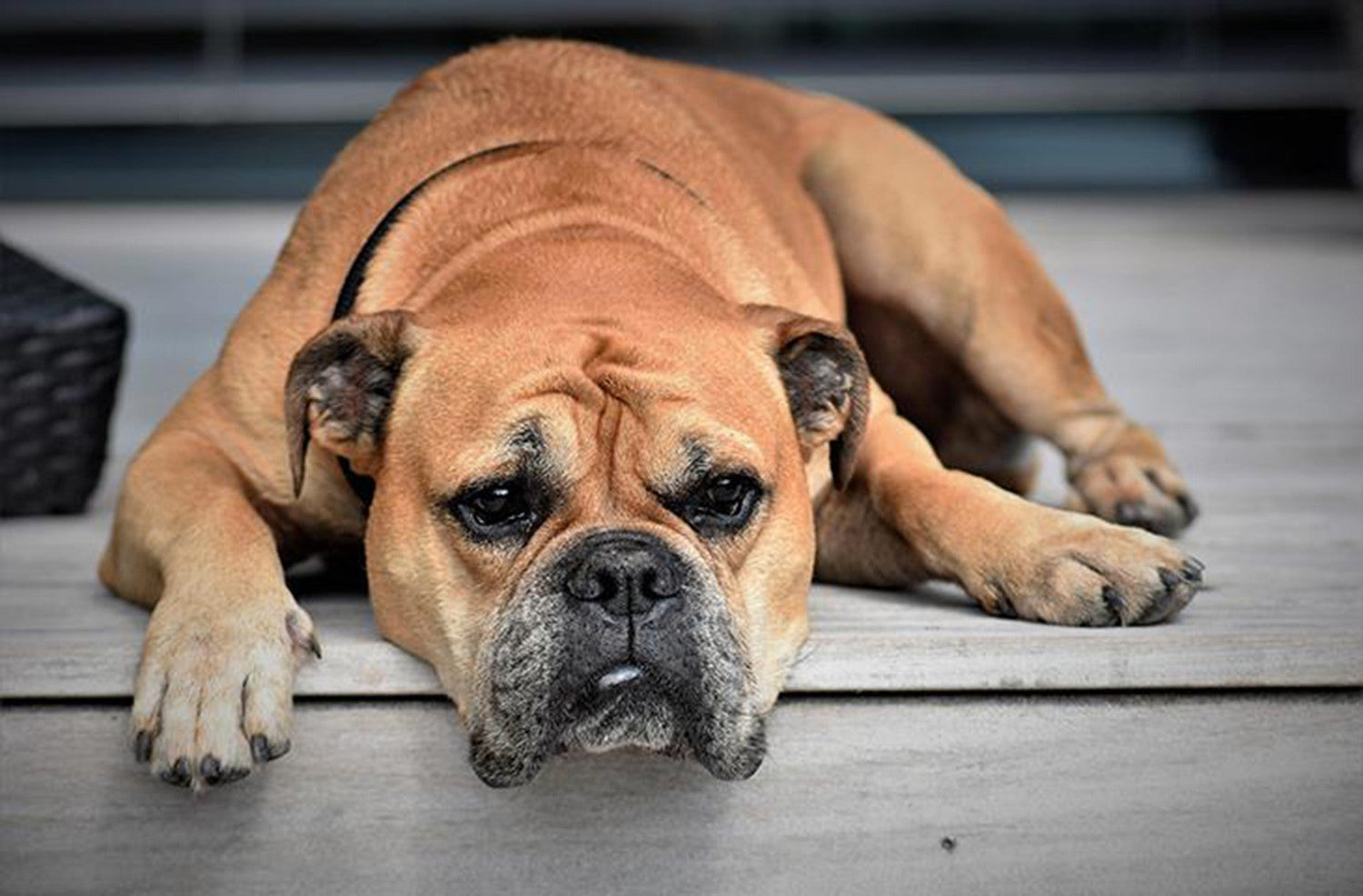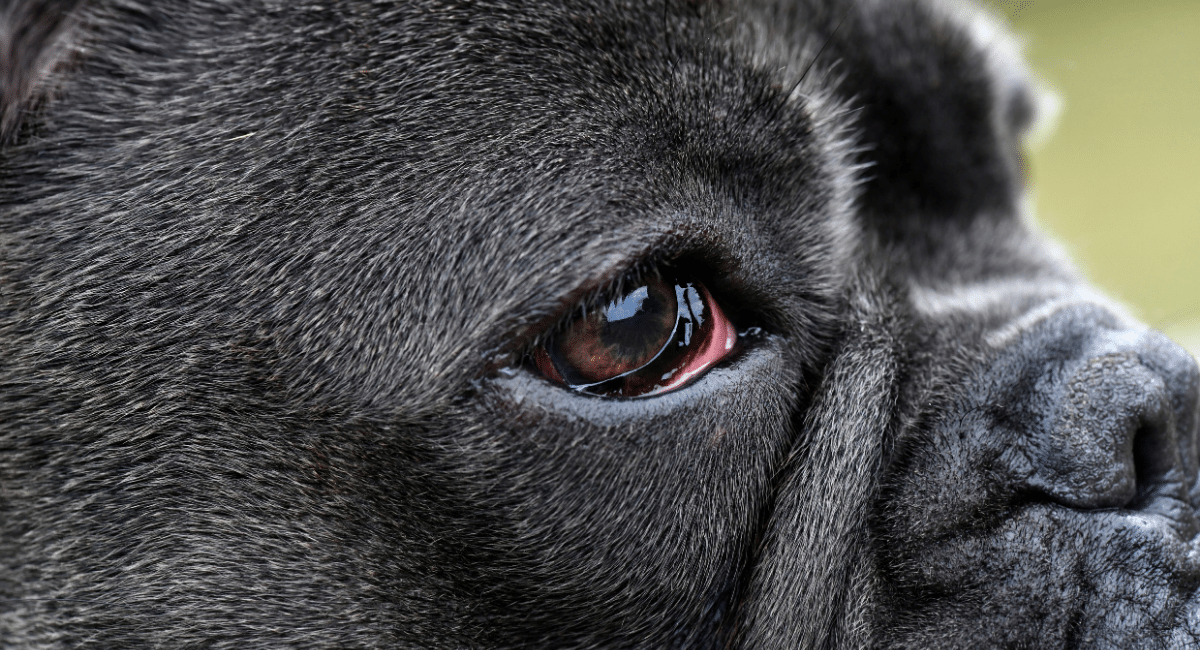Hip Dysplasia in Dogs - Know the Signs, Symptoms, and Treatments
Has your furry pal been showing signs of lower body pain with greater resistance to moving their happy feet?
If yes, there is a possibility that they may be suffering from Dog Hip Dysplasia. Many pet parents enter into a state of panic at the thought of their dogs becoming dysplastic. They worry about their pal's good health and comfort. While it's a disorder that cannot be overlooked, the good news is that several treatment options can help a dog live a happy and healthy long life.
Here is what you need to know about Canine Hip Dysplasia, from signs and symptoms to the best care pathways.
What is Dog Hip Dysplasia?
Dog Hip Dysplasia is a chronic condition that occurs when the ball and socket of the hip joint are misaligned. Because of the deformation, the hip bone and femur rub and grind against each other instead of sliding smoothly.
Due to the malformed joint, lots of wear and deterioration can occur resulting, in severe pain in the lower body. Unfortunately, there can also be an eventual loss of the function in the joint itself.
Though hip dysplasia is considered an inherited bone and joint disorder, many other environmental factors can drive the progression and increase the severity of a dysplastic case, for example, the dog's weight, level of exercise, and nutrition.
Although symptoms of the condition usually appear in adult dogs, young dogs may be affected.
In reality, all dog breeds can get hip dysplasia, but large ones such as Bulldogs, St. Bernards, Otterhounds, and German Shepherds have a higher risk of developing the condition. The reason for this is because their heavier weight can place a large amount of stress on their hip joint.
Signs of Hip Dysplasia in Dogs
Seeing a once happy and healthy dog showing signs of hip dysplasia can be heartbreaking for many pet owners. However, learning how to spot the signs and symptoms will allow you and your vet to provide the best care to regain your pooch's strength.
Some of the early signs of hip dysplasia in dogs іnclude:
• Decreased activity and a resistance to go out for walks, or climbing stairs
• "Bunny-hopping"
• Limping or lameness in the back leg
• Difficulty getting up
• Constant pain and stiffness
If your dog is displaying any of these signs, take them to a vet for a physical checkup as soon as possible.
Diagnosing Hip Dysplasia
Firstly, a vet will perform a full physical exam on your dog. Typically, this will include a test for the flexibility of the dog's joint.
If the joint appears loose or is grinding and the dog is also showing other symptoms such as loss of thigh muscle mass or heavier front muscles (typically due to overcompensating for the back), the vet will usually order an x-ray of the dog's hips.
The x-ray will show the degree and severity of the hip dysplasia and will help the vet to determine the best treatment that is right for your dog.
If your vet determines that surgery is the best option, they will discuss which procedure is best for your dog.
Best Treatment For Hip Dysplasia In Dogs
There are various treatment options for hip dysplasia; from natural pain relief remedies lifestyle changes, and in extreme cases, corrective surgery.
However, prevention is always the best treatment to maintain good hip and joint health for dogs. Although inherited hip dysplasia cannot be fully prevented, responsible breeders should screen for the condition and let the buyer know what to expect.
Other preventative measures include weight control. Excess weight adds stress to the dog's hip joints, which means added pain for the dog. Some simple things you can do to control your dog’s weight include measuring exactly how much you feed them, treating them only when they’ve earned it, and taking at least one walk daily for 20-30 minutes (but avoid prolonged running and jumping).
For a natural option to help with hip and joint pain relief, many pet parents have turned to alternative treatments such as massage, dog acupressure, or natural plant-based homeopathic remedies such as WALK-EASY Hip and Joint Pain Relief.
Though these natural supplements cannot cure the illness, they are an affordable and simple way to improve the life of any dog with hip dysplasia, ensuring you and your pet a long and well-lived life together.
Traditional medications are another option for treating hip problems in dogs. Your dog’s veterinarian may prescribe non-steroidal аnti-іnflammatory medications that are made especially for dogs and/or hip and joint supplements containing Glucosamine, MSM, and Chondroitin.
Some supplements also add Turmeric to provide extra relief from stiffness and inflammation.
Having to care for a pup with hip dysplasia isn’t an easy task but with the right care, you’ll be on your way to ensuring that they live a happy and healthy life!



